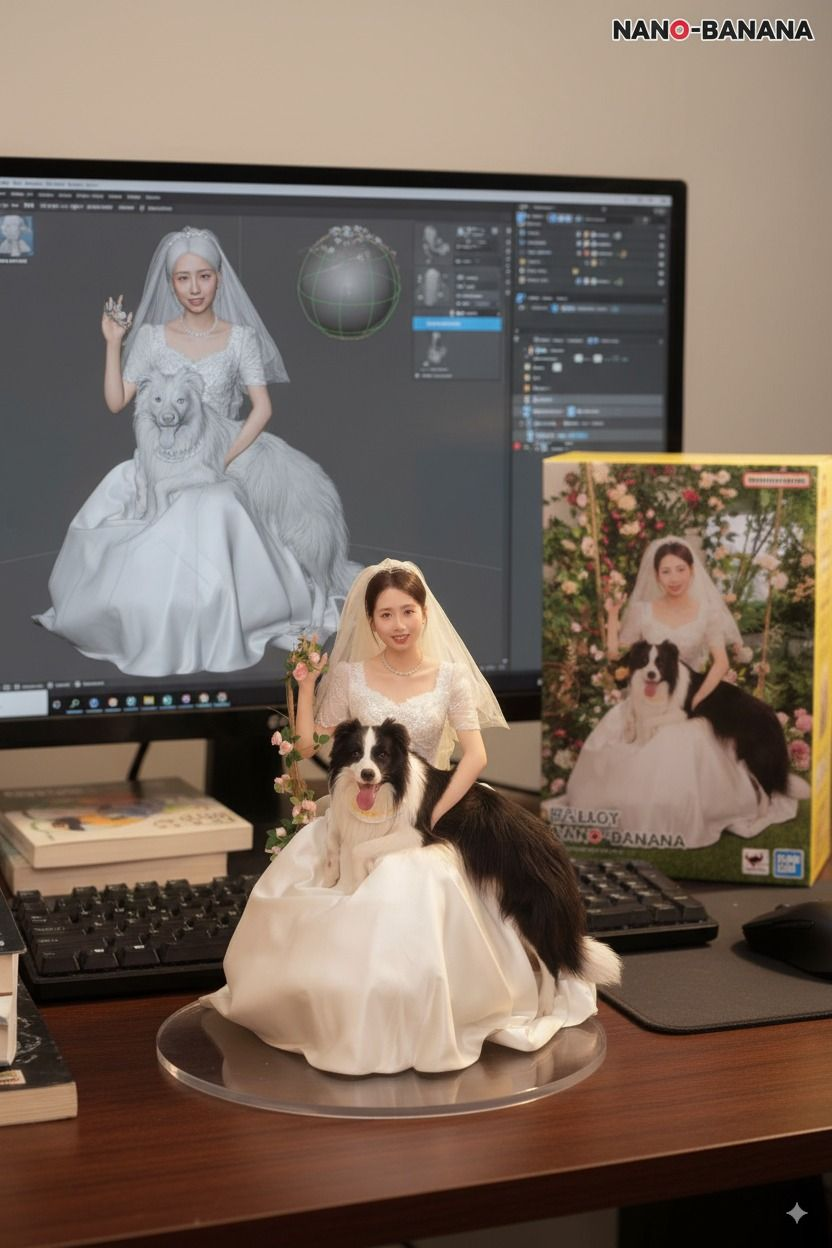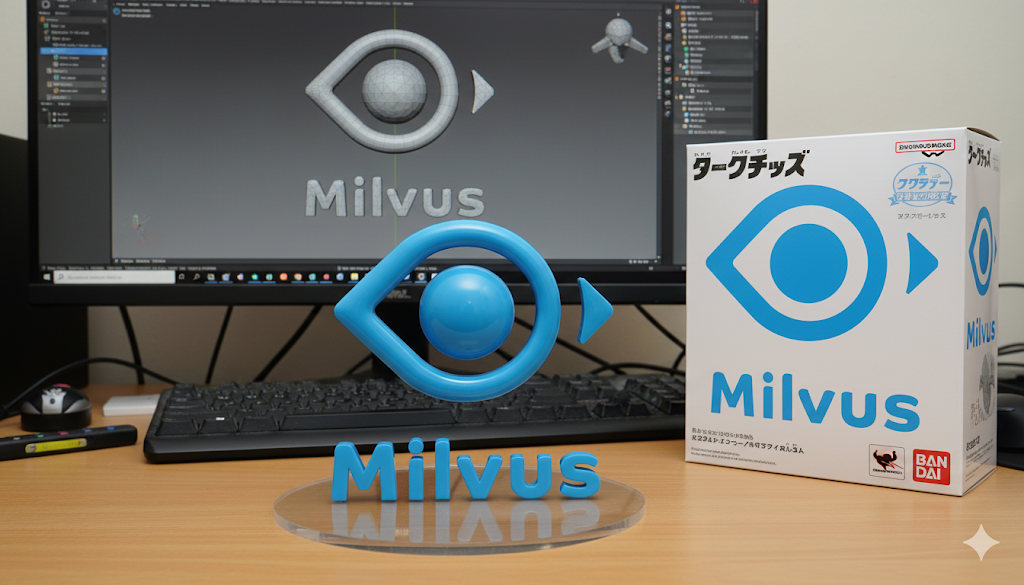Nano Banana was developed by Google DeepMind as part of the Gemini 2.5 Flash Image release in August 2025. Internally it carried the playful codename “Nano Banana,” but the name spread quickly in online communities, where it became easier to say than the formal model number. DeepMind built the model to improve image editing inside the Gemini app, with a strong emphasis on preserving likeness — making sure that edited people, pets, or objects still look the same across multiple versions. This solved one of the main frustrations of earlier AI tools, where edits often looked close but not quite accurate.
The model’s popularity surged because it arrived with features that felt both useful and fun. Users could upload a photo of themselves and try on different hairstyles, swap outfits, or place themselves in new environments while still looking like themselves. Early demos included examples like putting a tutu on a chihuahua, repainting walls in a room step by step, or blending multiple photos together. These lighthearted use cases spread quickly across social media, helping the model gain visibility far beyond developer circles. At the same time, the ability to maintain character likeness and perform multi-turn edits appealed to professionals who needed reliable outputs for branding, product images, or design mockups.
Another factor was accessibility. Unlike some AI tools that require specialized software or community platforms, Nano Banana launched directly in the Gemini app and was available globally to both free and paid users. This lowered the barrier to entry, making it easy for anyone with a Google account to try it. The combination of playful name, practical improvements, and direct integration with a mainstream app created the perfect recipe for viral adoption. Within weeks, Nano Banana became one of the most widely recognized AI models of the year, bridging the gap between entertainment and serious editing.
The popular prompt is like below:
“Use the Nano Banana model to create a 1/7 scale commercialized figure of the character in the illustration, in a realistic style and environment. Place the figure on a computer desk, using a circular transparent acrylic base without any text. On the computer screen, display the ZBrush modeling process of the figure. Next to the screen, place a Bandai-style toy packaging box printed with the original artwork.”
The results are like this:


Production use cases
Teams are already applying Nano Banana in production. A mobile entertainment platform is testing avatar dress-up features where players upload photos and instantly try on in-game accessories. E-commerce brands are using a “shoot once, reuse forever” approach, capturing a single base model image and generating outfit or hairstyle variations instead of running multiple studio shoots.
To make this work at scale, generation needs retrieval. Without it, the model can’t reliably find the right outfits or props from huge media libraries. That’s why many companies pair Nano Banana with Milvus, an open-source vector database that can search billions of images and embeddings. Together, they form a practical multimodal RAG pipeline—search first, then generate.
👉 Read the full tutorial on Nano Banana + Milvus